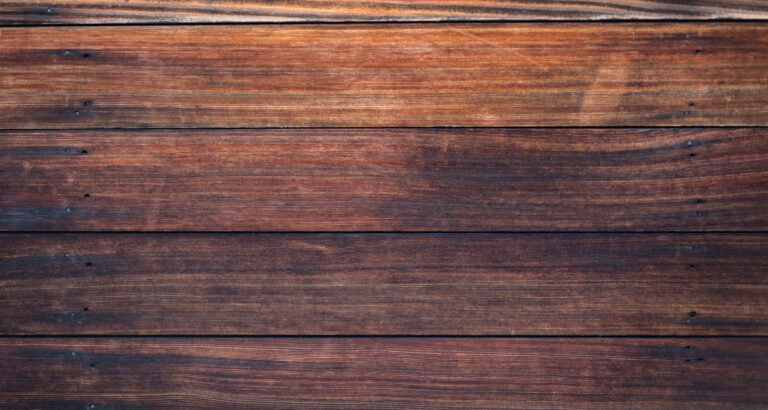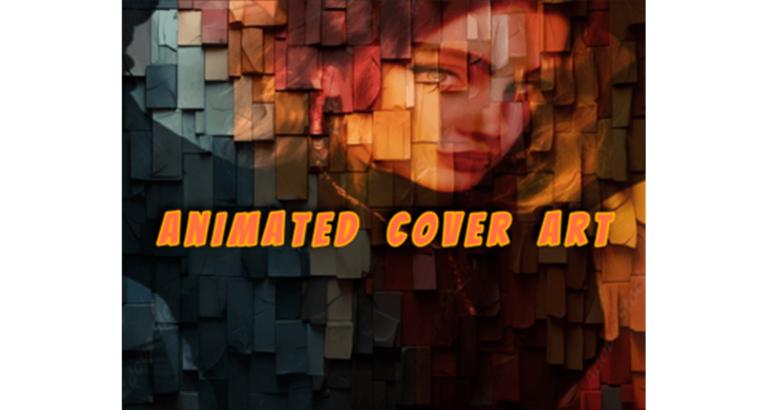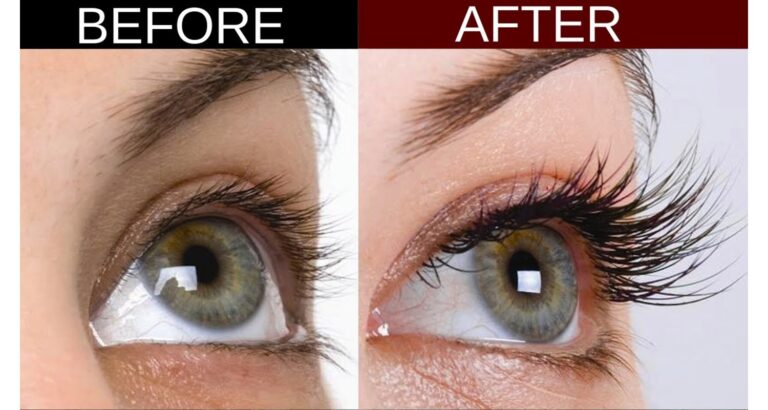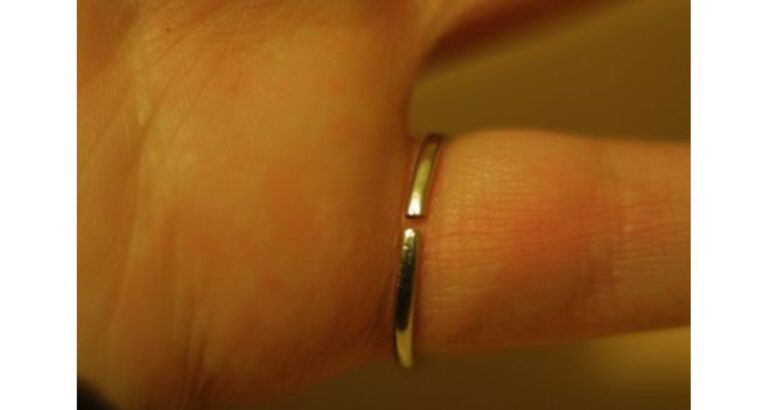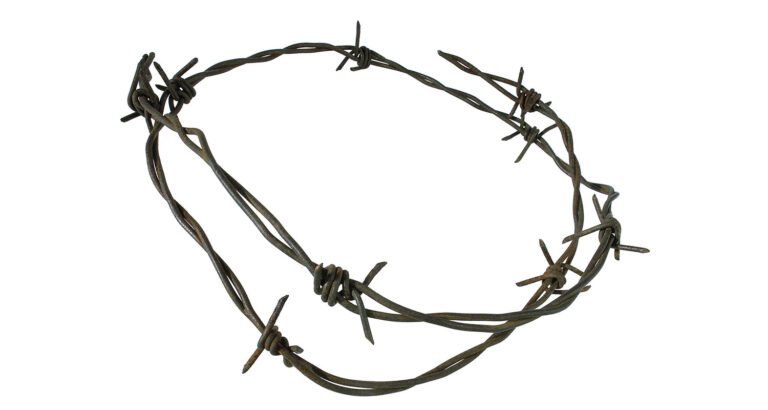Are you ready to unleash your inner artist? Creating an abstract wall art masterpiece is simpler than you think! This article will guide you through easy steps to bring your creative vision to life. Let’s dive in and transform your space with stunning art!
How to Make Abstract Wall Art: Start with a canvas. Choose your colors. Splash, dab, and stroke paint freely. Let your emotions guide your hand. There’s no right or wrong. Let it dry, and voilà, your abstract wall art is ready!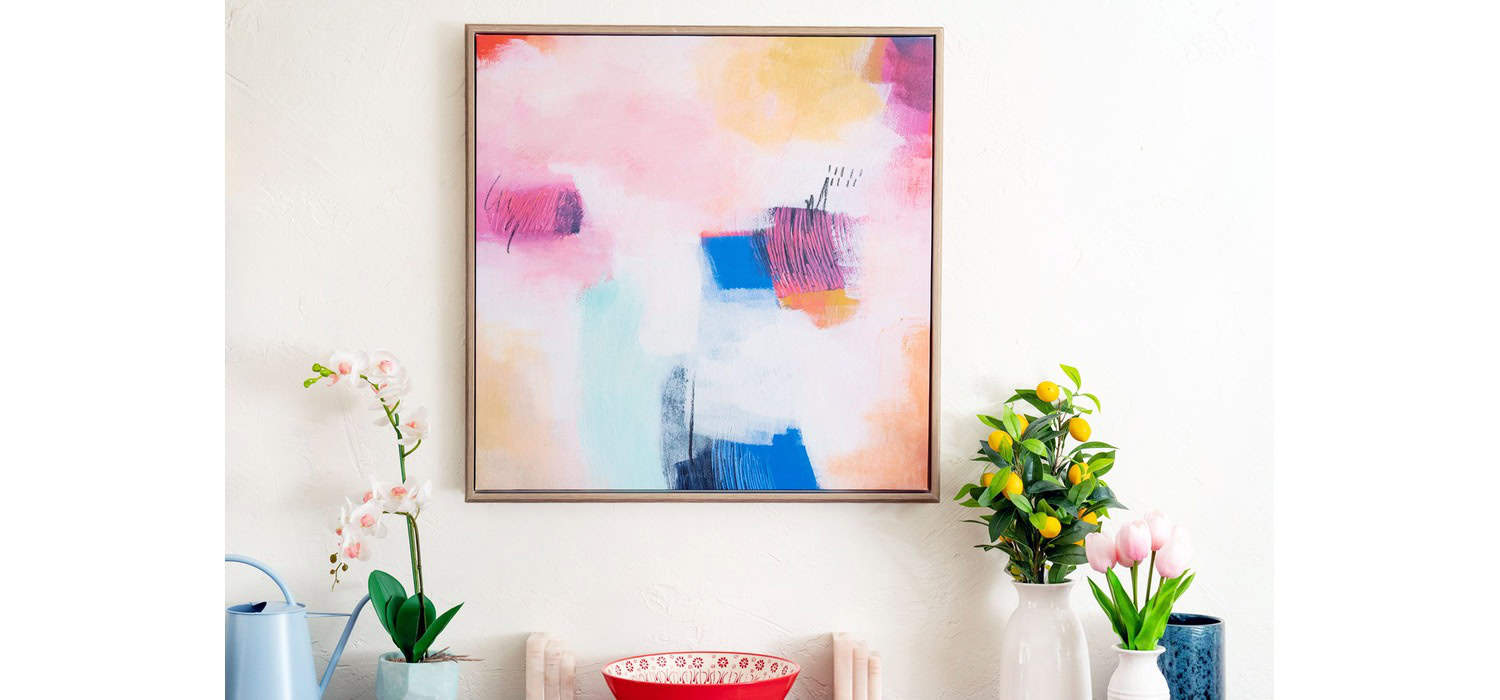
Don’t stop now! We’ve got more secrets to share. From choosing the perfect colors to mastering brush techniques, we’ll help you create a piece that’s uniquely you. Keep reading to become an abstract art pro!
Materials and Tools Needed
- Canvas: Choose a size that fits your vision.
- Paints: Acrylic or latex paints are ideal.
- Brushes: Have a variety of sizes for different effects.
- Liquid Gold Foil: Adds a luxurious touch to your art.
- Creative Tools: Putty knives or cutlery can create unique textures.
Preparing Your Space and Materials
- Set Up Your Workspace: Ensure it’s well-lit and comfortable.
- Organize Materials: Lay out paints, brushes, and tools for easy access.
- Protect Your Area: Use a drop cloth to guard against spills.
- Accessibility: Keep everything you need within reach for a smooth art-making experience.
Step-by-Step Guide to Creating Your Abstract Art
Here are some of the Basic Techniques and Application:
Set the Foundation
- Start with broad strokes to lay down your base colors.
- Use a large brush to cover more area and create a bold background.
Wet Blending
- While your base is still wet, introduce new colors.
- Blend them on the canvas with a clean brush or your fingers for a seamless transition.
Adding Textures
- Incorporate textures using tools like palette knives, sponges, or even bubble wrap.
- Press or drag these tools on the wet paint to create interesting patterns.
Exploration
- Abstract art is all about experimentation. Try different color combinations and forms.
- Don’t be afraid to make changes. If something doesn’t feel right, paint over it and try again.
Layering
- Once the base layers are dry, add more layers to build depth.
- Use thinner brushes for finer details and highlights.
Creating abstract wall art is a rewarding process that allows you to express your creativity freely. Remember, there are no rules. Trust your instincts, and enjoy the journey of bringing your vision to life. Share your finished masterpiece and inspire others to explore the world of abstract art.
Special Techniques
Here are some of the Special Techniques and Application:
Dynamic Backgrounds
- Create a lively background by mixing colors directly on the canvas.
- Use a spray bottle to add water, creating a dripping effect for added movement.
Using Main Colors for Outlines
- Choose one or two main colors to outline shapes or areas in your painting.
- This technique helps define spaces and adds a bold contrast to your art.
Layering
- Build depth by layering different colors and textures.
- Allow each layer to dry before adding the next to prevent muddying.
Textured Art
- Incorporate materials like sand, paper, or fabric into your paint for a tactile experience.
- Apply these elements with a brush or directly with your hands for a unique texture.
Modern Abstract
- Embrace simplicity and minimalism for a modern look.
- Use geometric shapes and a limited color palette to create a sleek and stylish piece.
DIY Prints
- Create your own prints by pressing textured objects into wet paint.
- Leaves, lace, or even bubble wrap can leave interesting patterns that add character to your art.
Experimenting with special techniques can elevate your abstract wall art to new heights. Whether you prefer the depth of layered colors or the intrigue of textured elements, there’s no limit to the creativity you can unleash. Embrace these ideas and let them inspire you to create a masterpiece that’s uniquely yours.
Finishing Touches
Advice on reviewing your work, making adjustments, and when to decide it’s complete.
Review Your Work
- Take a step back and look at your painting from different angles.
- Ensure that the composition and colors are balanced and harmonious.
Making Adjustments
- If something feels off, don’t hesitate to make changes.
- Add highlights, deepen shadows, or tweak shapes until you’re satisfied.
Deciding It’s Complete
- Trust your instincts. If you feel like your art conveys what you intended, it’s complete.
- Overworking can lead to losing the spontaneity that makes abstract art special.
Framing and Presenting
- Consider framing your artwork to protect and enhance its appearance.
- Choose a frame that complements your piece without overpowering it.
DIY Projects and Ideas
Creative projects like graffiti string art, geometric art with masking tape, and polka dot canvas paintings for inspiration and guidance.
Graffiti String Art
- Dip string in paint and drag it across your canvas for a graffiti-like effect.
- Play with colors and patterns to create a vibrant, street-art-inspired piece.
Geometric Art with Masking Tape
- Use masking tape to create geometric shapes on your canvas.
- Paint between the lines for a crisp, modern look. Remove the tape to reveal clean edges.
Polka Dot Canvas Paintings
- Create a playful polka dot design using the back of a brush or a stencil.
- Experiment with different sizes and colors for a fun, whimsical effect.
Adding finishing touches is a crucial step in completing your abstract wall art. It’s a chance to refine your work and ensure it aligns with your artistic vision. Don’t rush the process—take your time and enjoy bringing your creative ideas to life.
Conclusion
Creating abstract wall art is an exciting journey of self-expression and creativity. By experimenting with different techniques and materials, you can create stunning pieces that reflect your unique style. Don’t forget to share your creations and inspire others to explore the world of abstract art.
FAQ Section
What are the best colors for abstract wall art?
Choose colors that resonate with you. Bold, contrasting colors create drama, while soft, complementary shades offer a serene vibe.
How can I make my abstract art look professional?
Focus on balance, texture, and composition. Use quality materials and finish with a varnish for a polished look.
Can I use watercolors for abstract wall art?
Yes, watercolors can create beautiful, fluid abstract pieces. Just make sure to use watercolor paper or a sealed canvas.
What's the best way to start an abstract painting?
Begin with a loose sketch or idea, but stay open to where the process takes you. Let your intuition guide your brushstrokes.
How do I know when my abstract art is finished?
Your art is finished when it feels complete to you. It should express your intended emotion or concept.

I am Sammy and I blog at Live it. Love it. Make it. It is creative lifestyle blog run by best friends H and Sammy. Head over and follow our crafty adventures!


